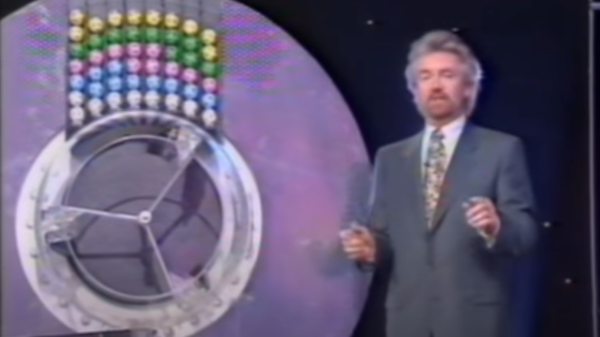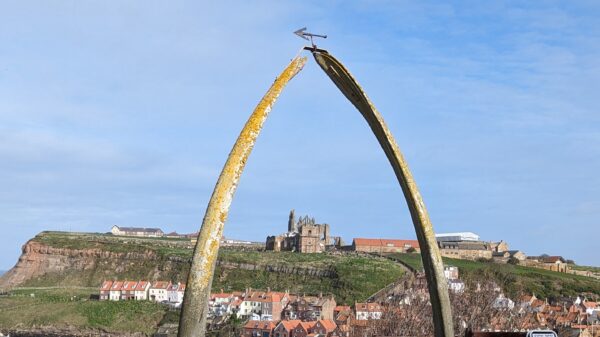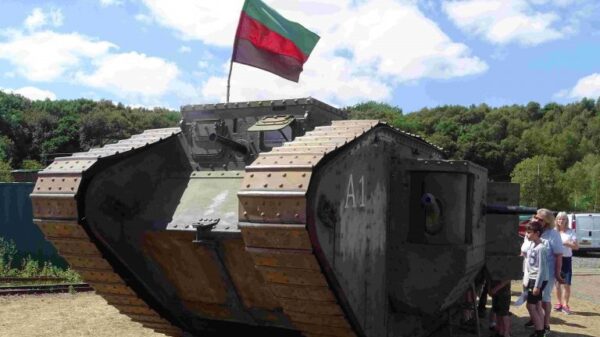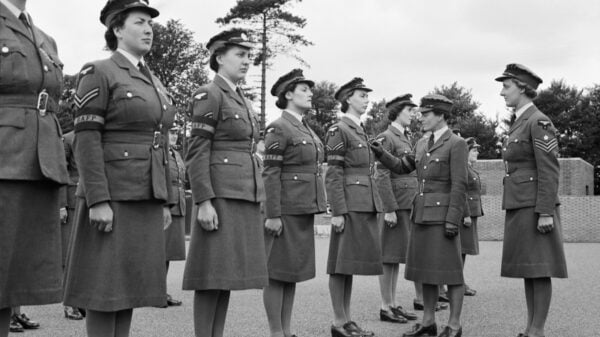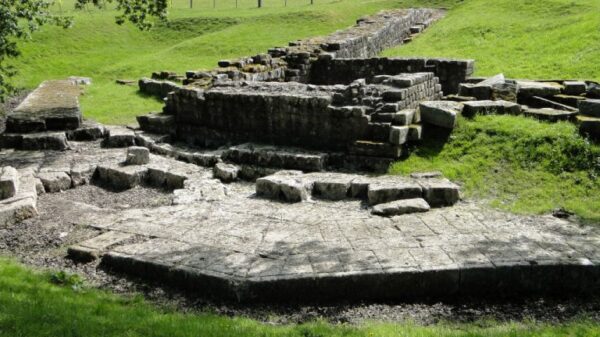On April 17, 1970, the world held its breath as Apollo 13, carrying astronauts James A. Lovell, Jr., Fred W. Haise, Jr., and John L. Swigert, Jr., re-entered Earth’s atmosphere and splashed down safely in the Pacific Ocean.
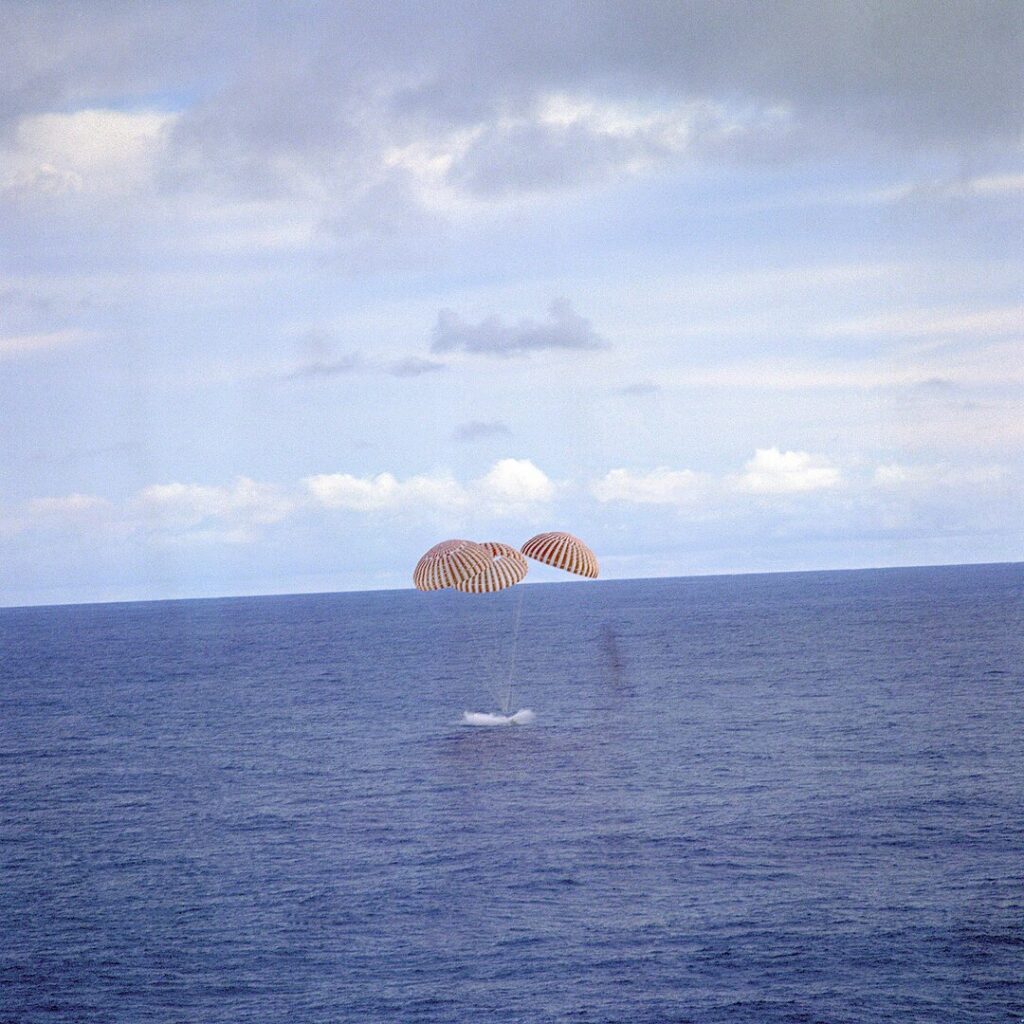
This event marked the conclusion of what is perhaps the most dramatic and harrowing saga in the history of manned space exploration. The mission, intended to be the third lunar landing, transformed into a desperate battle for survival after an oxygen tank explosion four days earlier.
Apollo 13 launched from Kennedy Space Center on April 11, 1970, with a spirit of high aspirations. The crew aboard, Lovell, the seasoned commander; Haise, the eager lunar module pilot; and Swigert, the command module pilot who had joined the crew just days before the launch, replacing Ken Mattingly due to exposure to German measles, were ready to explore the Fra Mauro highlands on the Moon. However, just 56 hours into the mission, the calm was shattered by Lovell’s calm yet chilling message to Mission Control: “Houston, we’ve had a problem.”
An explosion in one of the service module’s oxygen tanks had not only crippled the spacecraft but also jeopardized the crew’s oxygen supply and power. The situation seemed bleak. In response, an around-the-clock effort by NASA engineers and the astronauts themselves began, aiming to find a way to bring the crew home safely. The command module Odyssey was powered down to conserve vital resources, and the lunar module Aquarius became a makeshift “lifeboat” to sustain the astronauts.
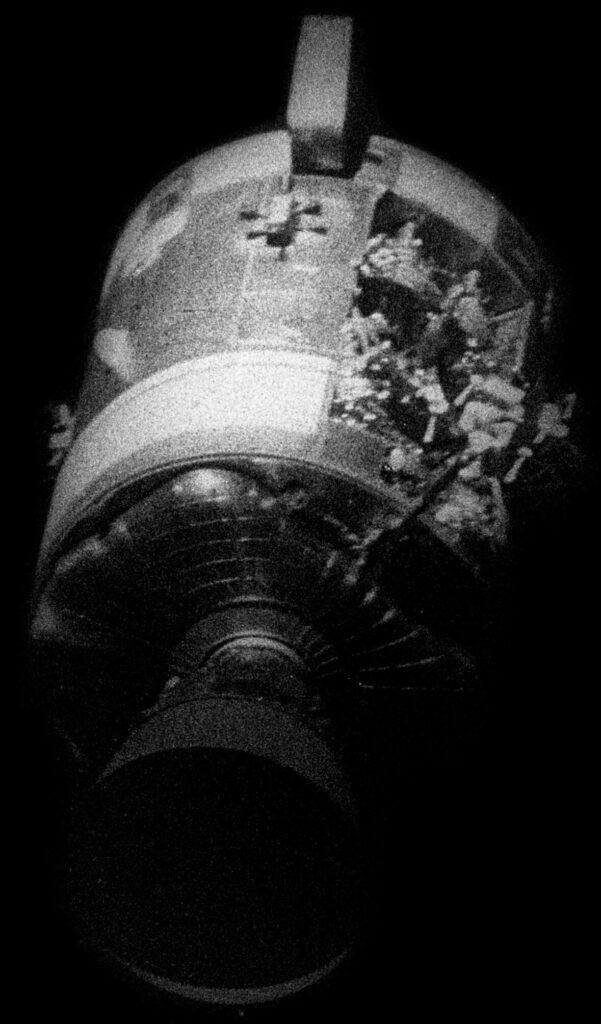
The challenges were immense. The crew faced dropping temperatures, rising carbon dioxide levels, and the need to perform critical burns to adjust their trajectory. Each maneuver was a matter of life and death. Meanwhile, the ground team worked tirelessly, solving problems on the fly and rechecking every calculation.
Despite these dire circumstances, the mission highlighted the indomitable human spirit and the power of teamwork and innovation under pressure. The successful splashdown was met with global relief and jubilation. It underscored the success of an aborted mission that, despite not achieving its initial goals, triumphed in safeguarding human life against all odds.
The astronauts of Apollo 13—Lovell, Haise, and Swigert—emerged not only as survivors but as heroes who demonstrated profound resilience and capability. Lovell’s leadership, Haise’s resolve, and Swigert’s adaptability under such extreme stress were instrumental in the mission’s outcome. Their ordeal and safe return were a testament to the robustness of NASA’s contingency planning and the ingenuity of its engineers.

The legacy of Apollo 13 extends beyond its dramatic narrative. It provided invaluable lessons in spacecraft design and crisis management that shaped future space missions. The phrase “Failure is not an option,” though popularized later, perfectly encapsulates the ethos of the Apollo 13 mission team.
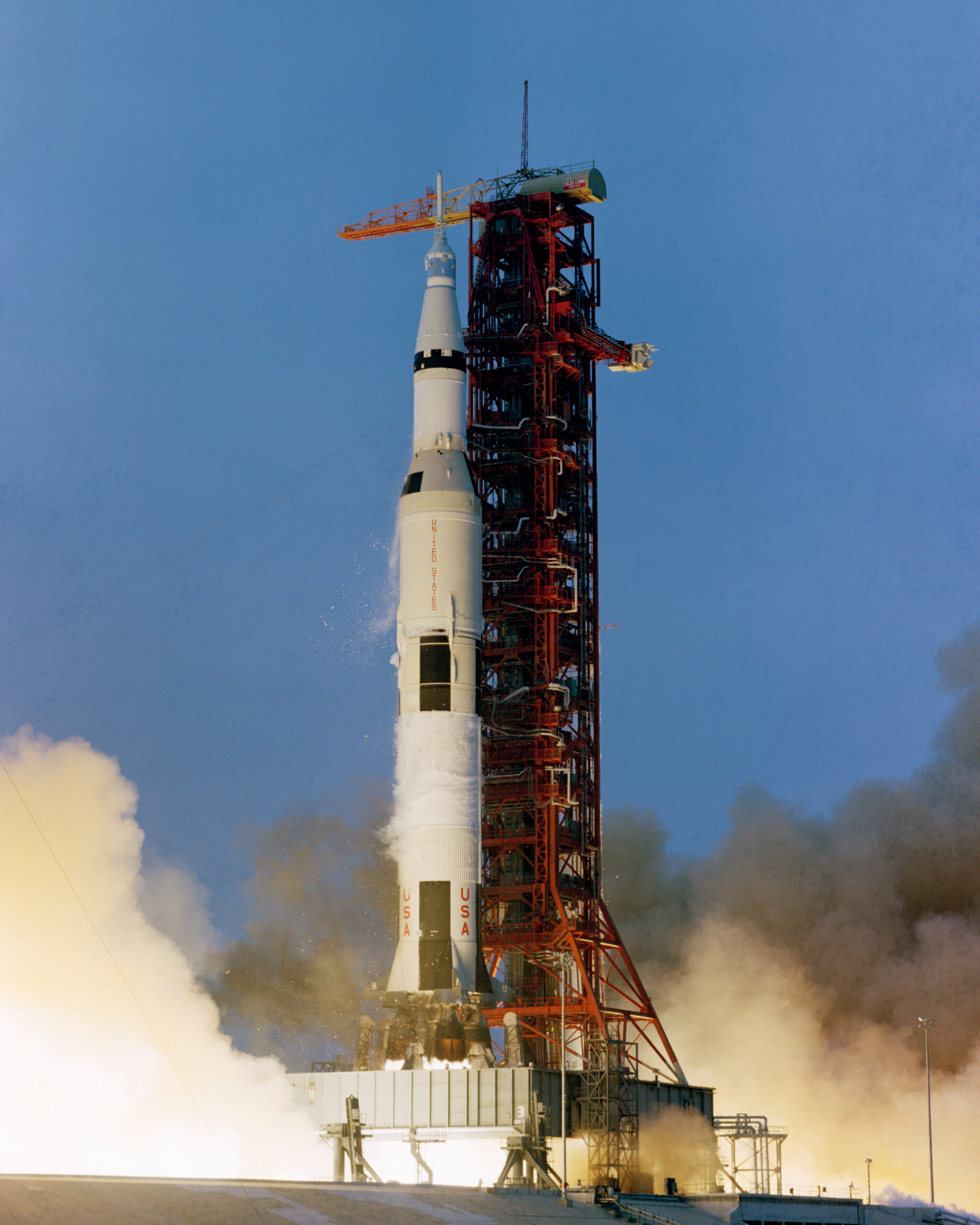
Apollo 13 remains a poignant reminder of the risks of space travel, the potential for unforeseen challenges, and the human capacity for courage and ingenuity. It is a story not of failure, but of remarkable success, a chapter in space history that continues to inspire awe and respect for the brave souls who venture into the cosmos and the teams that support them from the ground. As we look back, we celebrate not just the safe return of Apollo 13 but the enduring spirit of exploration and perseverance that the mission embodied.
If you want to read a detailed breakdown of the events of Apollo 13, I would encourage iNostalgia readers to visit the Apollo 13 Flight Journal website where the entire flight journal is uploaded to the Nasa website. It is truly a fascinating read.


